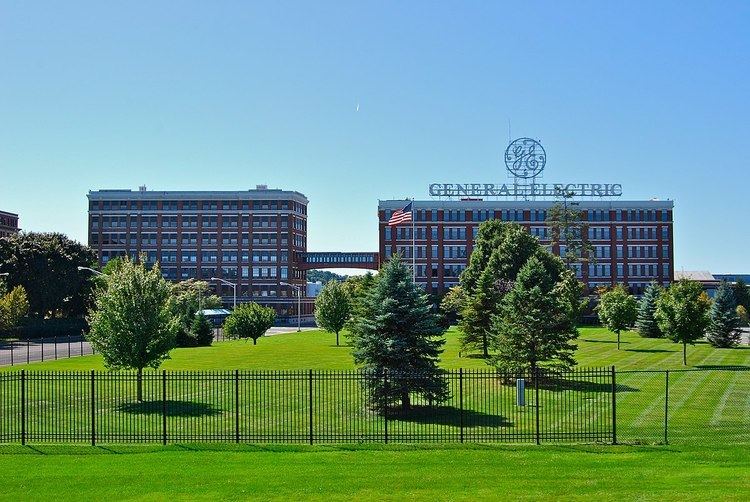 | ||
The following is a list of locomotives produced by GE Transportation Systems. All were/are built at Fort Worth, Texas or Erie, Pennsylvania, in the United States. Most (except the electrics, the switchers, the AC6000CW, and the Evolution series) are powered by various versions of GE's own FDL diesel prime mover, based on a Cooper Bessemer design and manufactured at Grove City, Pennsylvania.
Contents
Universal Series (1956 to 1998)
Because their model designations start with "U", they are known colloquially to railfans as "U-Boats".
Dash 7 Series (introduced 1977)
Models with "A" suffix are equipped with 12-cylinder prime mover in place of the standard 16-cylinder version, with the same power output.
Dash 8 Series (introduced mid-1980s)
GE's originally introduced this series with model designation following the pattern of the Dash-7 line. After product improvements were made to the line in 1987 the official designations for models in this series changed to "Dash-8...", as shown in the list below. However, for simplicity, many railroads decided to use designations which follow the pattern of the Dash-7 line. Thus, for example, the Dash 8-40C is usually rendered as "C40-8". The "W" suffix indicates the then-optional wide-nose "North American" safety cab. For example, the Santa Fe used the designation "B40-8W" for GE's "Dash 8-40BW". The railroad continued this practice until its merger with the Burlington Northern Railroad in 1995, and the new railroad, Burlington Northern-Santa Fe (later BNSF Railway) furthered the practice.
Introduced during the Dash 8's later years were split-cooling in the radiators and electronic displays for the crews (instead of analogue gauges).
Dash 9 Series (introduced 1993)
The Dash 9 series introduced primarily electronics updates to the Dash 8 line. Also introduced was the HiAd (High-Adhesion) truck. Split-cooling was standard.
Four axles
No four axle freight versions produced
AC Series (introduced 1994)
These feature the same carbody design and many of the internal components as the Dash-9 series, except they are equipped with AC traction motors instead of the conventional DC versions. The cab air conditioner was moved from the left (conductor's) side walkway to a position under the cab floor to make space for the six traction inverters (one per axle) that supply the AC current to the traction motors.
Six axles
*Note: two versions: one contained a 16-cylinder 7HDL, co-developed by GE and the German firm Deutz-MWM, rated at 6000 HP; the other a 16-cylinder 7FDL rated at 4390 HP. The units equipped with the 7FDL were a sub-version AC6000 "Convertible" and were produced to get the type into operation while the 7HDL was developed. Much like the SD90/43MACs produced by competitor EMD, the intention was to someday upgrade the units with larger engines, but the upgrades rarely, if ever, happened.Evolution Series (introduced 2005)
The Evolution Series locomotives replace the Dash 9 and AC series in North America and exceed the new U.S. EPA Tier II emissions standards that took effect in 2005, reducing nitrogen oxides emissions by over 40% and improving fuel consumption as well. They use the new GEVO engine (based in part on the 7HDL design) which produces the same power from twelve cylinders as previous locomotives' 16-cylinder 7FDL engine. Both AC and DC Evolution Series share the same carbody design. The radiator "wings" are even larger than those of the Dash 9 and AC series. Like those on the AC6000CW, they extend past the end of the long hood. Unlike any previous GE locomotive type underside of the wings are divided into two sections with different angles.
Eight axles
*Note: GE Brazil has an order for 46 units of this model for Rumo Logística, which will be delivered during the year 2017. Is the most powerful narrow gauge 1,000 mm (3 ft 3 3⁄8 in) locomotive in the world.Passenger locomotives
While primarily a builder of freight locomotives, GE has on occasion been called upon to construct passenger models for specific customers. The most recent is the P42DC, ordered by Amtrak to replace the aging EMD F40PH. Additional units have been built for Via Rail Canada.
Indonesian locomotives
Notes
